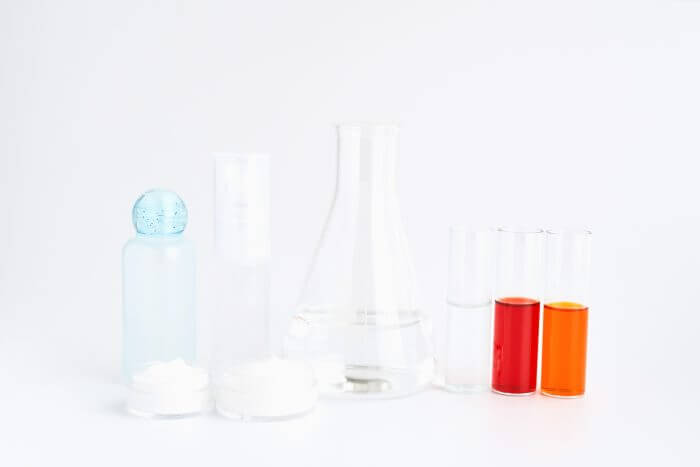There are millions and millions of skin care products out there that promise to restore skin to a more healthful, youthful and overall better looking skin. When it comes to choosing a product, there are a number of terms that labels use to tout the quality of a product. These terms are used across the board; whether, its a mainstream or organic product, these terms carry near identical meanings. The question is, what do these terms really mean for you and your skin?
Here is a breakdown of the 5 most common skin care industry terms and what they mean for the complexion of your skin!
Non-Comedogenic
This buzz term is great find for those with oily/combination skin because of its ability to keep pores free and clear. Comedones are simply agents that cause pores to clog up; allowing for acne causing bacteria and dirt to cause inflammation to skin. Essentially a product with the label “Non-Comedogenic” is free from heavy oils, ingredients and moisturizing agents that are prone to causing a breakout. Any product that claims to be non-comedogenic but includes Ingredients such as coconut oil or shea butter are not true to claim. It's key to not take a label such as non-comedogenic at face value; but, to closely inspect the ingredient list for verification.

Hypoallergenic
This term is closely tied with those sensitive skin; because of their tendency to have allergic reactions to even the mildest of products. Put simply, this broad term simply means that this this particular product is less likely to cause an allergic reaction. Whether caused by a naturally derived ingredient or a synthetic ingredient, there is nothing guaranteed. Another to note, is that there is no legal parameters to the use of this term; due to the fact that allergies vary across the spectrum. It is important to look closely at an ingredient list when it comes to preventing a reaction and to also know the other names that certain ingredients might also carry.

Chamomile is a naturally soothing agent for skin reactions
Sensitive Skin
To tie in with hypoallergenic, anything labeled or geared toward sensitive skin tends to have a shorter ingredient list. In addition, common ingredients such as sulfates, alcohols and heavy fragrances tend to be omitted from sensitive skin products. While it is a general rule of thumb, that a skincare product should be used as directed for a minimum of two weeks to gauge whether it is an effective product; those with sensitive skin have a shorter window. Typically the first use is an indication of whether someone with sensitive skin should continue using a product.
Unscented
This generally vague term carries multiple interpretations; but, it typically means a product is free from undetectable fragrances. In fact, a product can use a cocktail of fragrances to cover up an overbearing scent or to create a faux odorless scent. Some common fragrances to avoid are: “cinnamic alcohol, cinnamic aldehyde, eugenol, hydroxy-citronellal, geraniol, isoeugenol, and oak moss absolute.”

Keep your ingredients simple
Alcohol-Free
For starters, alcohol isn't always a bad word when it comes to skin care, in fact there are some that can be moisturizing or used as a binding agent (i.e. cetyl alcohol). When a product claims to be alcohol free, it typically is claiming to be free from astringents or simple alcohols. On the other hand, fatty based alcohols can actually benefit skin by creating a protective barrier to prevent moisture loss. Avoid “burning” alcohols like isopropyl due to its harsh traits.


 5 Amazing Skincare Ingredients Everyone Should Try
5 Amazing Skincare Ingredients Everyone Should Try  The Lazy Girl’s Skin Care Routine And Hacks
The Lazy Girl’s Skin Care Routine And Hacks